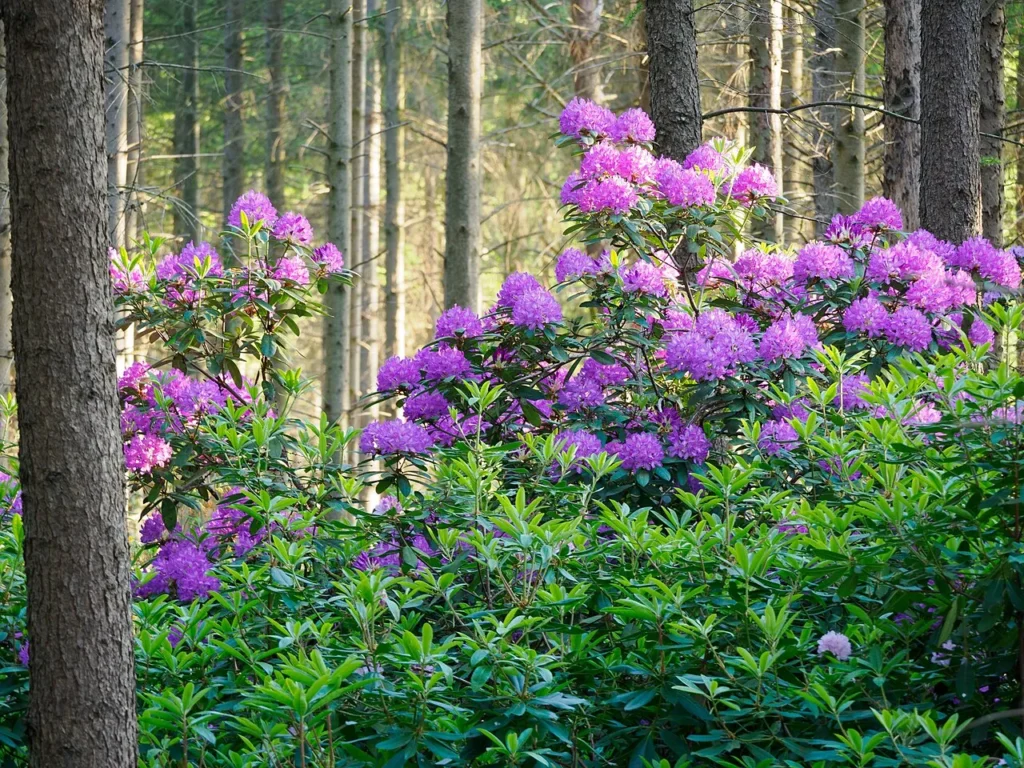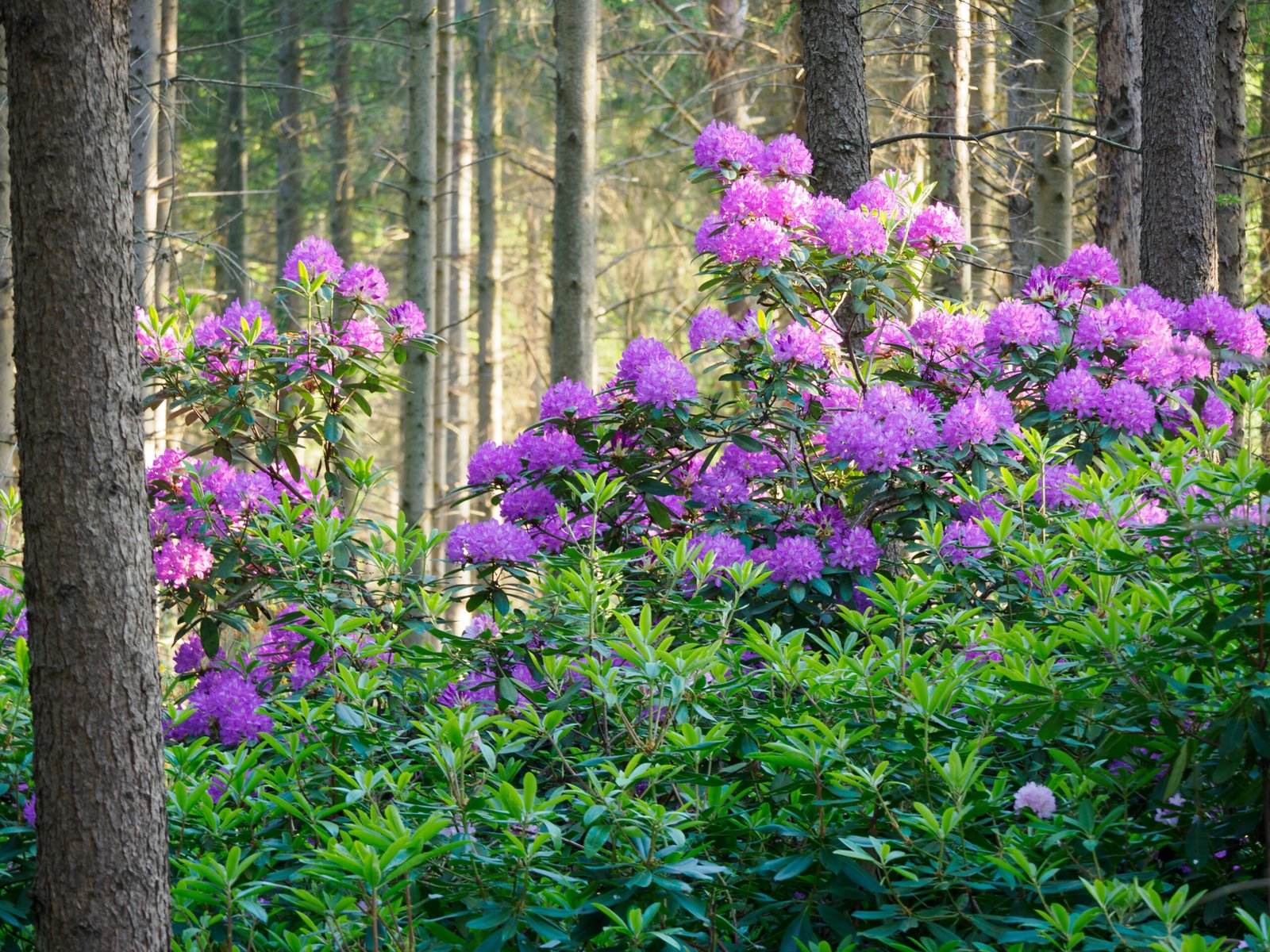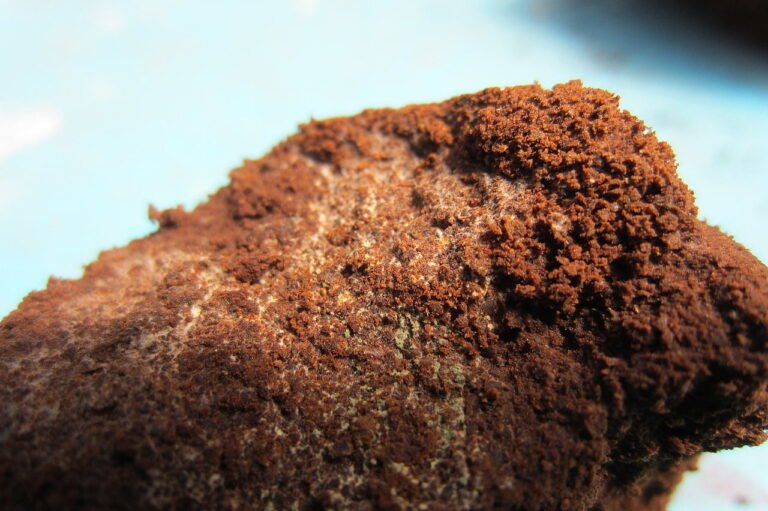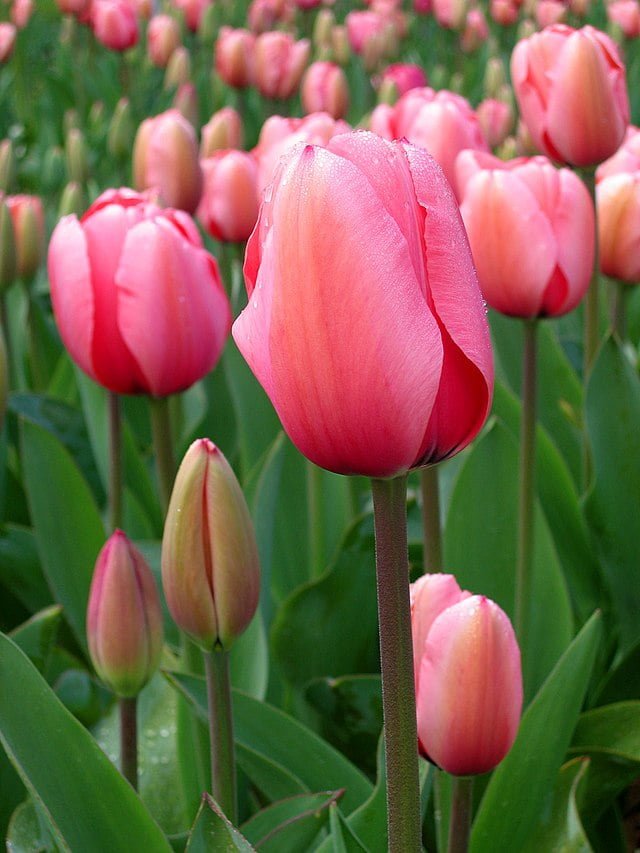Mastering Rhododendron Cultivation: The Complete Care Guide
Rhododendrons, with their vibrant blooms and lush foliage, are a standout in any garden. These perennial shrubs belong to a vast genus that includes both rhododendrons and azaleas, offering a wide range of sizes, colours, and bloom times. This guide will walk you through the essentials of rhododendron care, from selection and planting to maintenance and troubleshooting.
Understanding Rhododendrons

Rhododendrons are part of the Ericaceae family and thrive in acidic soils. They are primarily known for their spring bloom, ranging in colour from white and pink to purple and red. While most are evergreen, some species lose their leaves in winter.
Choosing the Right Rhododendron
- Consider Size and Space: Rhododendrons can range from compact shrubs to large trees. Assess your space to choose a variety that fits well without overcrowding.
- Bloom Time and Colour: With varieties that bloom from late winter through to early summer, you can select species that complement your garden’s colour scheme and extend the blooming season.
- Climate Suitability: Some rhododendrons are more cold-hardy than others. Ensure the variety you choose is suitable for your USDA Hardiness Zone.
Planting Rhododendrons

- Timing: The best times to plant rhododendrons are in the spring and fall, avoiding extreme temperatures.
- Location: Choose a site with dappled shade. Too much sun can scorch leaves, while too little can reduce flowering.
- Soil: Rhododendrons require well-draining, acidic soil (pH 4.5-6). Amend heavy clay or sandy soils with organic matter.
- Planting: Dig a hole as deep as the root ball and twice as wide. Mix removed soil with compost, and backfill the hole, ensuring the top of the root ball is level with the soil surface.
Watering and Mulching
- Watering: Keep the soil consistently moist, especially during the first growing season. Avoid overhead watering to prevent leaf and flower diseases.
- Mulching: Apply a 2-3 inch layer of organic mulch to retain moisture, regulate soil temperature, and reduce weed competition.
Fertilizing and Pruning
- Fertilizing: Use a slow-release, acid-forming fertilizer in late winter or early spring. Over-fertilizing can harm the plant.
- Pruning: Minimal pruning is needed. After flowering, trim any dead or diseased branches and shape the plant as desired. Avoid heavy pruning, as it can reduce blooming.
Pest and Disease Management
Rhododendrons are relatively disease-resistant but can be susceptible to pests like aphids and diseases such as root rot and powdery mildew. Proper planting and care reduce the risk of issues. Treat infestations promptly with suitable organic or chemical controls.
Troubleshooting Common Issues
- Leaf Yellowing: Often a sign of high soil pH. Use soil amendments to lower pH.
- Lack of Blooms: Insufficient light, improper pruning, or nutrient imbalance can reduce flowering. Adjust care practices accordingly.
Frequently Asked Questions about Rhododendrons
How often should I water my rhododendrons?
Water newly planted rhododendrons regularly to keep the soil moist but not waterlogged. Established plants typically need watering once a week during dry periods. Always allow the top inch of soil to dry out between waterings to prevent root rot.
Can rhododendrons grow in full sun?
Rhododendrons generally prefer dappled shade or partial sun. While some varieties can tolerate more sun if they are kept adequately watered, too much direct sunlight can lead to leaf scorch.
Why are my rhododendron leaves turning yellow?
Yellow leaves can indicate several issues, including poor drainage, high soil pH (rhododendrons prefer acidic soil), or nutrient deficiencies. Testing your soil and adjusting as needed can help address these problems.
When is the best time to plant rhododendrons?
The best times to plant rhododendrons are in the spring and fall, when temperatures are cooler and rainfall is more abundant, helping the plants to establish.
Do rhododendrons need pruning?
Rhododendrons generally require minimal pruning. If needed, prune immediately after flowering to shape the plant or remove dead or diseased wood. Avoid late summer or fall pruning, as this can interfere with next year’s blooms.
Additional Resources for Rhododendron Enthusiasts

For those looking to dive deeper into the world of rhododendrons, the following resources provide a wealth of information:
- American Rhododendron Society (https://www.rhododendron.org/): Offers extensive resources on rhododendron care, species, and local chapters for enthusiasts to connect and share knowledge.
- Royal Horticultural Society – Rhododendrons (https://www.rhs.org.uk/plants/rhododendrons): A comprehensive guide covering all aspects of rhododendron care, including selection, planting, maintenance, and problem-solving.
- The Rhododendron Species Botanical Garden (https://rhodygarden.org/): Provides information on rhododendron species conservation and offers inspiration through their stunning garden collections.
- Rhododendron, Camellia & Magnolia Group (https://www.rhodogroup-rhs.org/): Part of the RHS, this group is dedicated to the promotion and understanding of rhododendrons, camellias, and magnolias, offering advice and events for enthusiasts.
- The Azalea Society of America (https://www.azaleas.org/): Although focused on azaleas, this resource is valuable as azaleas are closely related to rhododendrons. It provides care tips, variety information, and connections to local chapters.
Final Thoughts
Rhododendrons are a magnificent addition to any garden, offering lush foliage and stunning blooms. With the right selection, planting, and care, you can enjoy these beautiful shrubs’ full potential. Whether you’re a seasoned gardener or new to rhododendron cultivation, the rewards of growing these plants are immense, bringing color and life to your garden landscape.
Rhododendrons are some of the most vibrant and stunning shrubs you can introduce to your garden. Renowned for their large, dramatic flowers and wide array of colours, they are a staple of many landscapes. Here’s everything you need to know about growing and caring for rhododendrons.







